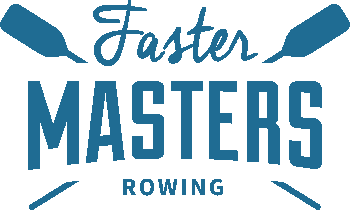The final parts of your head race preparation including essential pre-planning in advance of race day. Tapering, travel and using borrowed boats.
Timestamps
02:00 Tapering
The training program volume is reduced so you are rested and ready to race. Faster Masters Rowing programs always include the taper. It may feel weird because you’re doing much less training and you are less active than normal. Take precautions to not catch viruses.
04:00 Book on tapering
The timing of your rest day is the critical factor for creating a peak. The opportunity exists to over-rate in your practice because you are rested. This mimics the adrenaline boost you will get on race day. 07:00 Rebecca’s best peak ever.
08:15 Travel – do this either early or late for timezone changes.
Your bodyclock adjustment is one hour per day. Arrive and race within 48 hours of arrival or wait 8 days to get into the timezone before your big event. Seek comfort during the travel – reduce stress from the environment around you. NSAID – a herbal remedy to aide sleep.
11:15 Traveling with boats
Rebecca likes to check the boat ties; all nuts are tight on the boat, the riggers and footstretchers. Use electrical tape for anything you think needs protecting. Tape riggers together and place blades tip down into the trailer so they nest together with the ends pushed against the hard edge of the trailer box to avoid wear patterns. Her single has a padded cover which is also made of UV resistant fabric. Tie on your boat yourself so if something goes wrong it’s on you not someone else.
15:00 Using borrowed boats Be prepared when you arrive to adjust that boat. Take measurements off your boat at home. Span, spread (top and bottom of pin), height from seat top to bottom of shoe heel, oarlock sill to seat top. Measure to the same place (seat high or low point – be consistent). Know your pitch on the oarlocks, the oar length and inboard. When hiring boats the type of adjustments allowed are footstretchers and oarlock heights. Take your own tools (metric and imperial), pitch gauge, an adjustable wrench (spanner) and a height stick. Expect to have to change a few things.
18:00 In emergencies an oar can be used as an alternative to a height stick.
The Spacer Placer tool for height spacer washers can be bought Velcro shoe straps to wrap around the outside (home made) for when the shoes are too large.
Free head racing ebook
Further Resources
Pre-race nerves diary week 5 Casey McKenna
Head race taper versus rest article
Travel, tapering and using borrowed boats podcast


